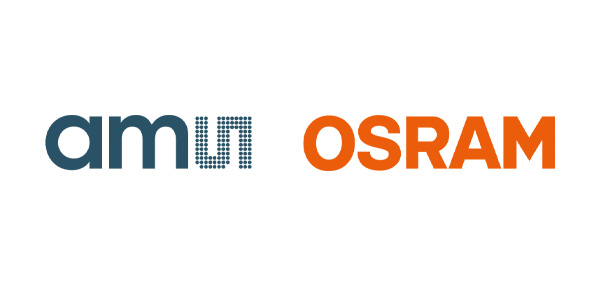OSRAM streamlines trade compliance directly in SAP®
OSRAM optimized its global trade compliance with AEB solutions for comprehensive sanctions compliance and export controls – integrated into their SAP® IT landscape.
Challenge
"All in all, there was great potential to make data exchange and our processes leaner and more transparent through improved integration into our ERP systems and to sustainably reduce efforts with new software. It was clear to us very quickly that we were now on the lookout for a new solution."
Stefan Klingshirn, Export Control and Customs (ECC) Specialist, OSRAM
OSRAM's Export Control and Customs (ECC) team confronted a pivotal challenge when their existing export control software was set for a short notice version change. This update promised no tangible improvements but came with considerable costs and administrative burdens, equating to a complete software reimplementation.
Furthermore, the software lacked integration with OSRAM’s SAP® ERP system, preventing efficient data exchange and transparency. For a global company operating in over 50 countries and managing complex international trade compliance, these limitations posed significant risks to legal compliance and operational efficiency.
OSRAM sought a solution to support global sanctions list checks, export controls, and export license management while complying with the diverse trade laws of regions like the US, China, Mexico, Canada, Malaysia, and across Europe. The software needed to seamlessly integrate with SAP® systems, ensure 24/7 availability, and require minimal training for efficient adoption.
The ambitious project timeline demanded a vendor capable of delivering a robust solution within tight deadlines. This complex and high-stakes scenario underscored the urgency of finding a reliable partner to transform OSRAM's trade compliance processes without disrupting its global supply chain.
OSRAM partnered with AEB, leveraging their Compliance Screening, Export Controls, and License Management solutions. These tools seamlessly integrate with OSRAM's SAP® systems across regions and business units, ensuring alignment with the company’s IT strategy of transitioning to cloud-based applications. AEB's software supports critical trade compliance functions, including comprehensive sanctions list checks, export control checks for various jurisdictions including US and EU regulations, and managing export licenses across all sites.
AEB also delivered an innovative digital end-use check tool with its Risk Assessment solution, tailored to OSRAM’s needs, involving multilingual digital questionnaires to ensure compliance at local levels. Collaborative development with OSRAM’s decentralized teams emphasized user-friendliness, allowing for swift adoption.
Implementation adhered to a tight schedule, rolling out in stages to sites across Europe, Asia, and the Americas. A central “copy template” ensured consistency while allowing minor customizations. The solutions provide real-time compliance workflows, blocking processes with flagged risks, and notifying responsible parties for resolution. This rigorous approach optimized OSRAM’s global trade compliance, ensuring regulatory compliance and operational efficiency.
Result
AEB successfully implemented its solutions as scheduled, enabling OSRAM to meet its trade compliance needs without disrupting operations. The integrated system now performs millions of checks annually across OSRAM's global network, ensuring compliance with changing sanctions lists and export regulations. OSRAM achieved enhanced transparency and efficiency through centralized data storage and streamlined workflows, with all compliance activities securely documented and easily accessible for audits.
The project’s success owed much to the close collaboration between OSRAM and AEB, characterized by dynamic teamwork, swift decision-making, and tailored solutions. Notably, the new end-use check system empowered decentralized teams with intuitive tools for managing complex compliance tasks. AEB’s automated updates reduced IT maintenance burdens, ensuring OSRAM remained current with legal requirements.
Ultimately, the solutions deliver significant value: improved process efficiency, enhanced risk management, and robust support for OSRAM’s global operations. The innovative partnership highlights how modern, IT-driven solutions can address the complexities of international trade compliance at scale.
"Due to our global orientation, secure, efficient foreign trade processes and trade compliance are of great importance to OSRAM. It is crucial for us that all legal requirements are complied with and the operative business and its supply chain are not disturbed. With AEB, we now have the right software support to meet our high trade compliance requirements."
Stefan Klingshirn, Export Control and Customs (ECC) Specialist, OSRAM
Streamline your trade compliance processes
About OSRAM
OSRAM, headquartered in Munich, Germany, is a global leader in high-tech lighting solutions. Established in 1918, the company operates 27 production plants and serves customers in 120 countries. Its portfolio spans visible and invisible light technologies, including intelligent lighting systems and photonics solutions for industries such as automotive, healthcare, and consumer electronics.



